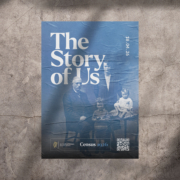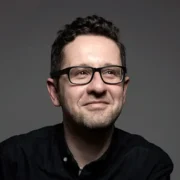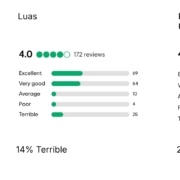
The Story of Us


Firstly, Service Design, what’s that?
Well…
“Service design improves the experiences of both the user and employee by designing, aligning, and optimizing an organization’s operations to better support customer journeys.”
Helsinki’s Transport: A Service Design Success Story
Recently, Dave completed his Service Design certificate course at NCAD, and for his final project, he explored some of the most successful service design projects. A standout example was Helsinki’s public transport system, which has undergone a remarkable transformation. Coincidentally, Diarmuid was in Helsinki recently for the football and can confirm that the system is far from terrible.
The Challenge
Helsinki’s public transport system is a vital part of daily life for both residents and visitors. However, like many urban networks, it wasn’t always the most user-friendly. Inconsistent pricing models, unclear touchpoints, and challenges with ease of use were some of the key areas that required attention.
That’s where Hellon a design consultancy, came in. Embedding themselves within the Helsinki transport authority for six years, their mission was to transform the system using full-stack service design. Hellon worked closely with:
This extensive engagement enabled them to understand the needs of all types of users, allowing for a holistic redesign of the service.
The Approach
Over the course of their engagement, Hellon launched 50 projects, ranging from rapid 5-day design sprints to long-term strategic planning. A major outcome was the introduction of the New Zone Model, which revamped pricing, interfaces, and customer touchpoints, creating a system that was more intuitive and user-focused.
One of the keys to success was Hellon’s commitment to understanding how real users interacted with the system. By following 30 customers over three months, they were able to observe and address various pain points as they emerged. Improvements were made to signage, ticketing systems, and the physical infrastructure of bus stops and train platforms to enhance the overall user experience.
The Results
By 2022, the impact of these changes was clear:

What Can We Learn?
Helsinki’s success highlights a few essential lessons for cities and organisations looking to improve their transport systems:
Conclusion
Dave’s final project on Helsinki’s public transport system demonstrates the power of service design when it’s applied thoughtfully. Hellon’s approach shows that by engaging users and continually improving the service, you can create a transport system that’s not just functional – but one of the best around. Diarmuid, fresh from his recent trip, can vouch for it!